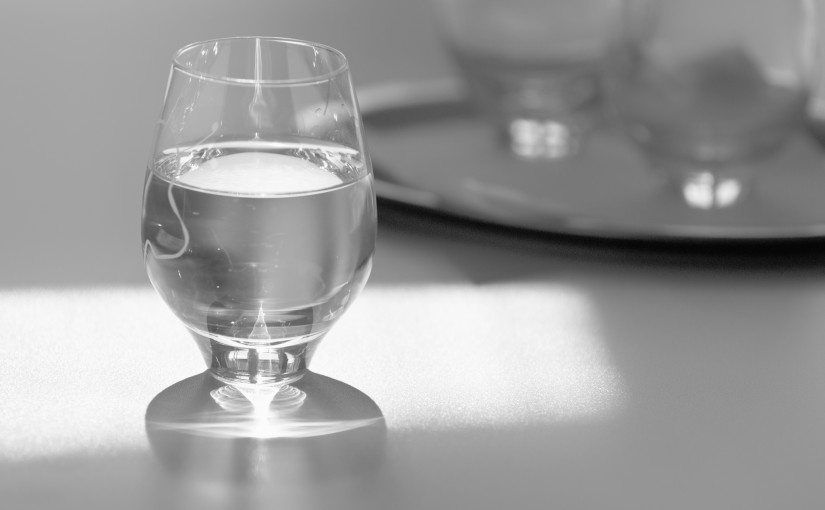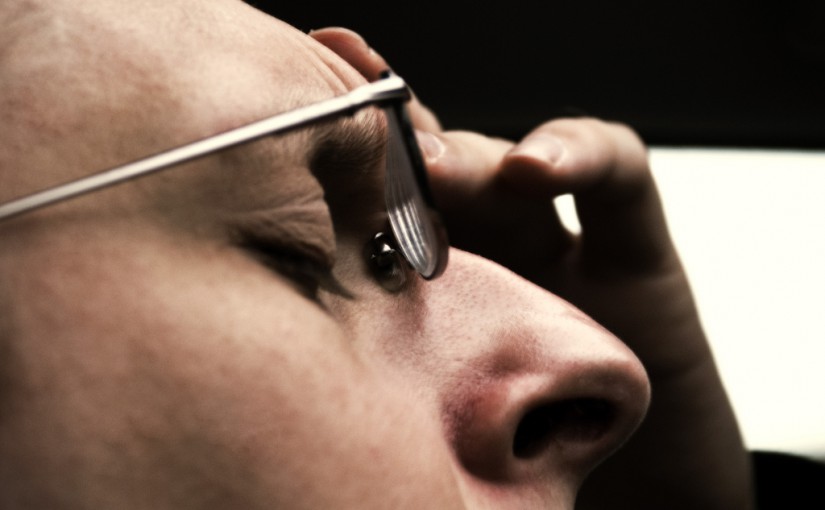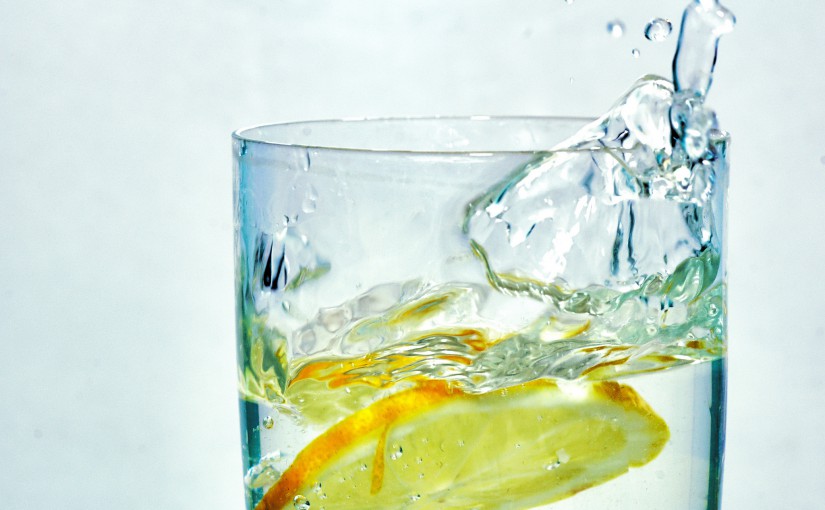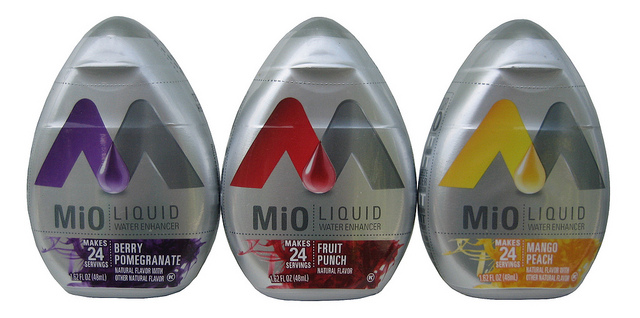(Photo credit: Kelly Hunter/Flickr)
Every mother wants her children to grow up healthy and strong. Doing everything she can to ensure this happens begins long before she starts telling them to eat their vegetables or get some exercise. It begins in the womb, where the fetus needs proper care to grow strong as it develops.
Research indicates that one way you can help promote the health of your baby in utero is through staying well-hydrated. This is especially important because it can help prevent the development of an amniotic fluid deficiency.
This deficiency, called oligohydramnios, affects 2.3% of pregnant women.
Amniotic fluid levels change over time due to a number of factors. Maintaining sufficient fluid levels is vital to the health of both the mother and the fetus. The fetus ‘breathes’ this fluid, which helps its lungs form, and its ingestion helps in the formation of the gastrointestinal system. The amniotic fluid also acts as a cushion surrounding the fetus, protecting it from potential harm and giving it the opportunity to develop bones and a skeletal structure.
Without sufficient amniotic fluid, a pregnancy can face a number of potential complications. Oligohydramnios restricts the fetus’ growth, can create physical deformities, impairs the development of the heart and lungs, and can lead to meconium aspiration, among other problems.
While oligohydramnios can be the result of a number of factors, one way to potentially avoid this condition is simply by drinking more water.
[custom_blockquote style=”eg. green, yellow, purple, blue, red, black, grey”] What is the Amniotic Fluid Index (AFI)?
The AFI (score in cm) is approximate amount of amniotic fluid in the womb. It also serves as an index of the fetus’ well-being.
An AFI of 8-18 is considered normal, with a level of 5-6 indicating a state of oligohydraminios. Median AFI level is usually around 14 from week 20 to week 35, after which it begins to reduce in preparation for birth. [/custom_blockquote]
Studies at the University of the Witwatersrand, Lis Maternity Hospital in Tel Aviv, and the University of Parma in Italy all found close association between increased hydration and an increase in the Amniotic Fluid Index (AFI) in pregnant women with a low AFI. The studies included women consuming water both orally and through intravenous means.
In the Tel Aviv study, researchers examined the effects of increased hydration on 30 women with low AFI. The study group was compared to a control group of 30 women matched for age and gestational age, with normal AFI.
The results of the study were clear. AFI levels increased from 8.1 to 11.8 in just one week among the women with low AFI. The authors concluded that “long-term maternal oral hydration seems to significantly increase the AFI in selected women with reduced fluid and possibly prevents oligohydramnios.”
It’s always a good idea to stay hydrated, but this research indicates it’s especially important when you’re pregnant. Give your child a better chance to grow up healthy by staying hydrated when you’re pregnant. And, once you’ve had your baby, don’t stop there! Maintaining an adequate level of hydration is important your whole life, from in utero to your old age.










